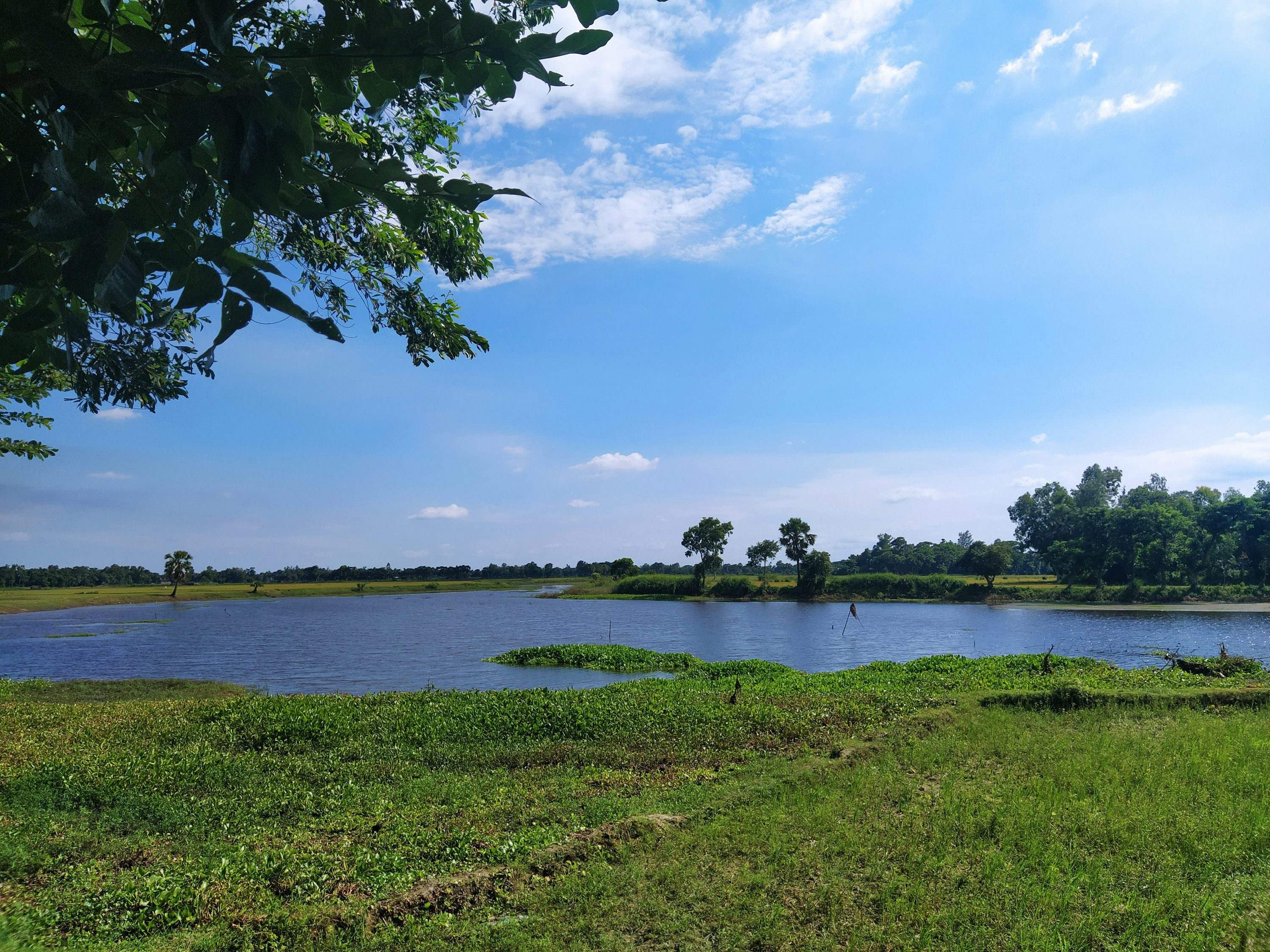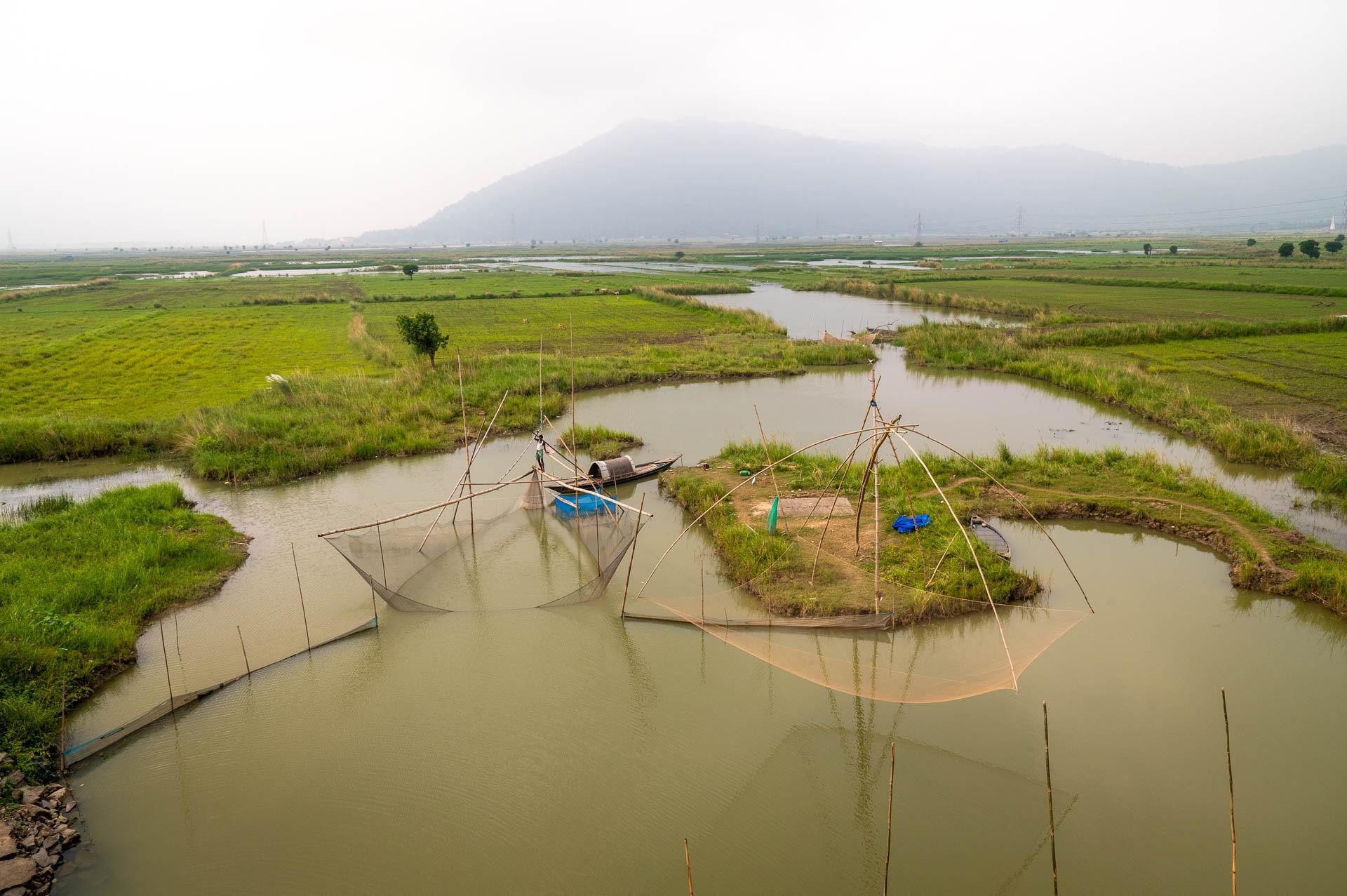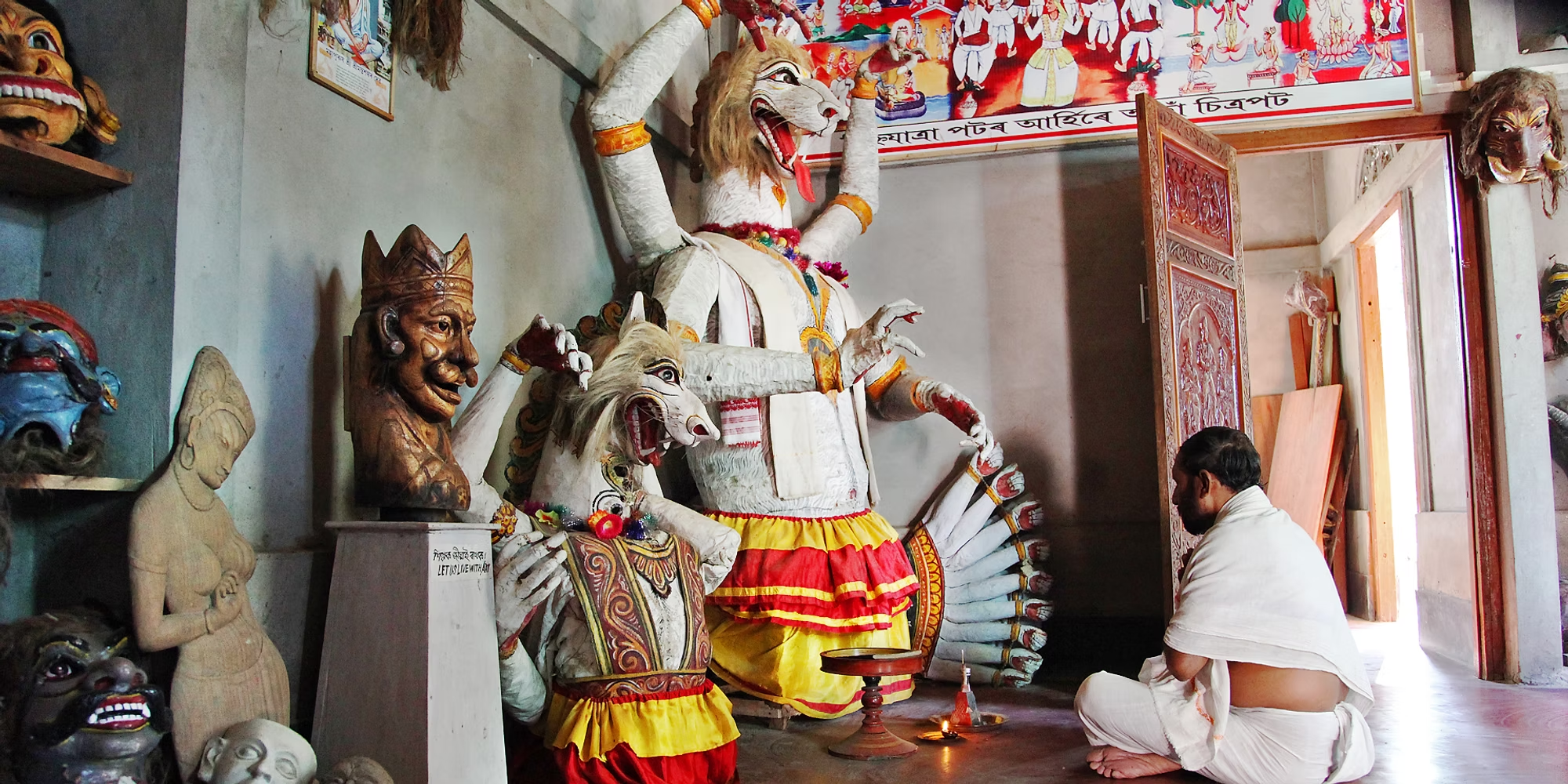Sankaradeva: The Cultural Pioneer of Assam
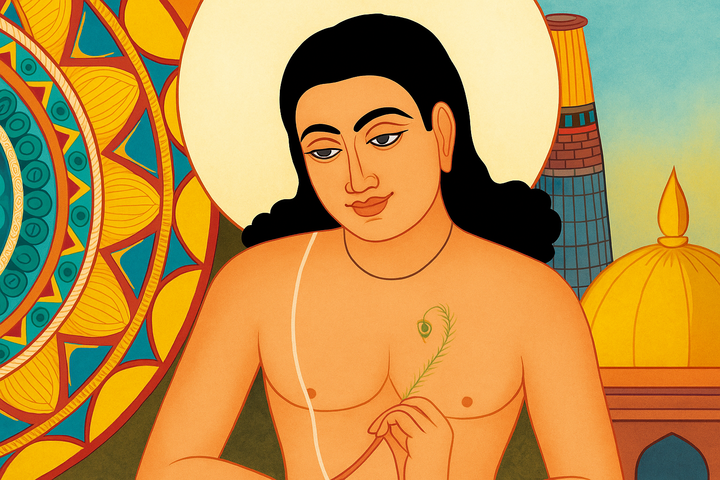
In the year 1449, a man named Sankaravara was born at Bordowa (now, Nagaon District) near Kalong River within Assam. This man would go on to become Srimanta Sankaradeva, a saint-scholar and polymath, who is a pioneer of the Assamese society and a renowned figure of the Bhakti movement in Assam.
The Dawn of his Journey
A sad fact about this great polymath was that his parents died when he was very young, and so was raised by his grandmother, Khersuti.
When he was 12 years old, he began his school education under the 14th century Sanskrit scholar and teacher, Mahendra Kandali. It was during his time at Kandali’s Tol (school), that he not only wrote his first poetic verses, Karatala Kamala, a devotional poem at a tender age of 12, but also wrote Harishchandra Upakhyana, that focuses on the narratives of King Harishchandra.
This beginning sowed the seed of his literary craftsmanship that he is celebrated for to this day and thus was the birth of the man, Sankardev, the name given to him by his teacher, Kandali.
He became a master of ancient texts and took on the role of Shiromani Bhuyan (landlord), during which he suffered yet another tragic occurrence early in his marriage. His wife, Suryava, passed away, just nine months after giving birth to their daughter, Manu.
It could because of all the anguish he suffered from the loss of his loved ones that led him to take his first pilgrimage in the year 1841 and was the beginning of his major contribution to the fields of drama, literature, and culture and marked his transformation as an important figure within the expanding Bhakti movement that was happening across India.
Sankaradeva’s Visionary Contributions
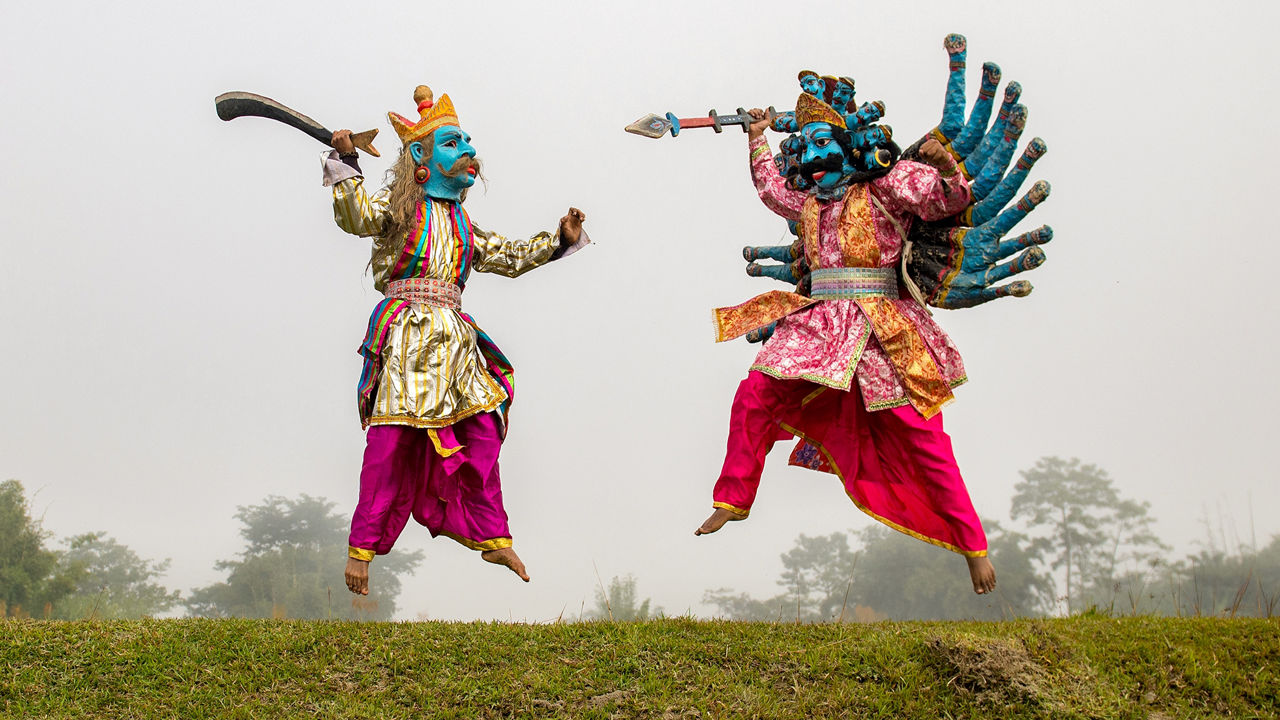 During his first pilgrimage, he produced his first Borgeet, “Mana meri ram charanahi lagu,” at Badrikashram (Currently, Uttarakhand). In monasteries, Borgeets are lyrical songs that are sung to indicate the start of a prayer service, as it is the way of welcoming the presence of the divine. It is written in Brajavli, which is a mix of the languages of Assamese and Maithili (a language used by speakers from parts of India and Nepal). He used it to produce most of his literary works.
During his first pilgrimage, he produced his first Borgeet, “Mana meri ram charanahi lagu,” at Badrikashram (Currently, Uttarakhand). In monasteries, Borgeets are lyrical songs that are sung to indicate the start of a prayer service, as it is the way of welcoming the presence of the divine. It is written in Brajavli, which is a mix of the languages of Assamese and Maithili (a language used by speakers from parts of India and Nepal). He used it to produce most of his literary works.
In addition to Borgeets, he has also done important work when it comes to literature. He developed an Assamese version of the Bhagavata Purana, one of the eighteen Maha Puranas that speak about Krishna’s childhood and is a significant text of Vaishnavism and this is also important because Sankaradeva used this text as a reference point to form the religious principles that established his lasting influence as the Neo-Vaishnavism movement within the state of Assam.
Imagine you are in a position where you are tasked to summarise while retaining its original essence and message of a text that consists of 18,000 verses, and also do it within a single night.
Well, it is said that Sankaradeva was able to manage it just fine.
King Naranarayana of the Koch Dynasty (that ruled parts of Assam and Bengal from 1515–1949) asked whether the Bhagavata Purana can be recited within a short period of time. The scholars present then supposedly maintained that it was not possible to do it; however, Sankaradeva was then asked by the King. It is said that on the very next day, Sankaradeva presented to them the Gunamala, which is a concise work of the Bhagavata Purana. This in itself could show the scholarly merit that he possessed in his time.
But his masterpiece on the other hand, according to experts, is the Kirtana Gosha. It is a compilation of devotional hymns.
Sankaradeva is also the father of Neo-Vaishnavism, a religious movement that is devoted to Lord Vishnu through the philosophy of Eka Sarana Hari Nama (Shelter in One Dharma). The Kirtana Gosha is a very important text in this regard because it highlights the significance of worshipping Lord Vishnu and surrendering unto him.
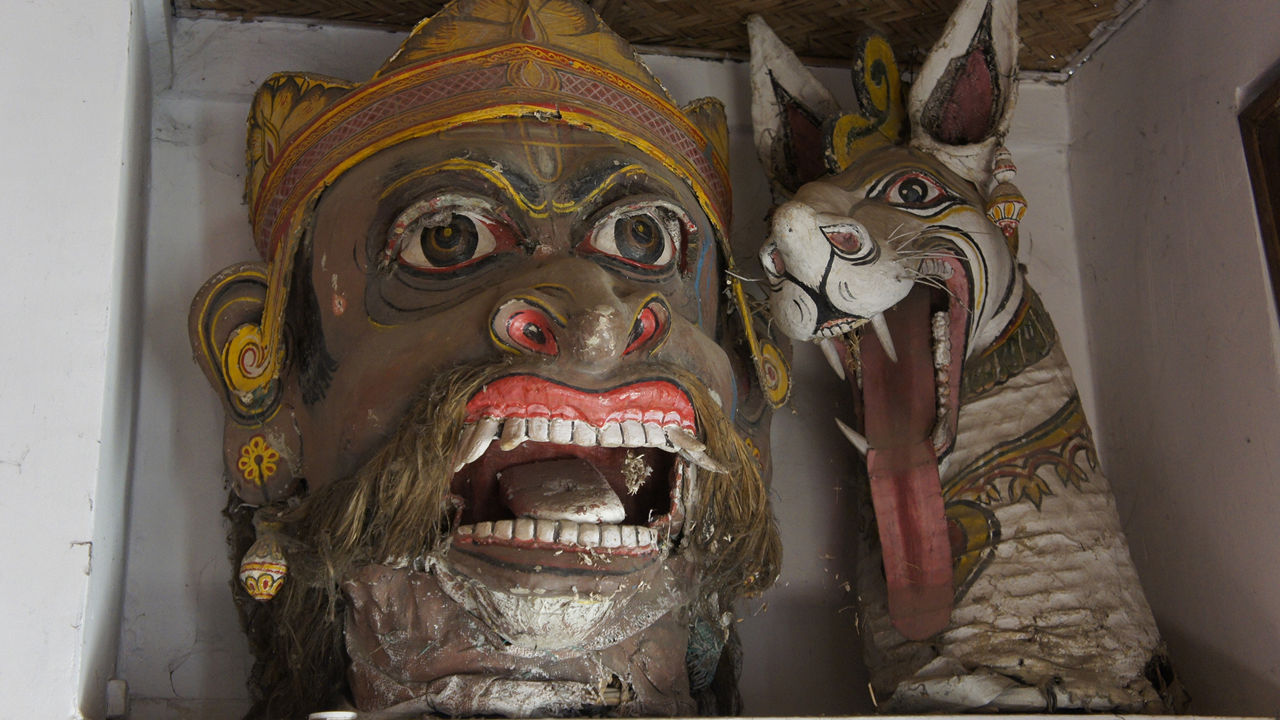 Besides this, he is also popular for creating Ankia Naat, which takes the form of a one-act play in the script version. The theatrical performance of the same is called Bhaona. Here, dance, music, and drama are used for the purpose of showing the principles of Neo-Vaishnavism.
Besides this, he is also popular for creating Ankia Naat, which takes the form of a one-act play in the script version. The theatrical performance of the same is called Bhaona. Here, dance, music, and drama are used for the purpose of showing the principles of Neo-Vaishnavism.
In fact, it is for these performances, that he introduced the art form of making masks or Mukha that Majuli, the largest river island of the world, is known for and thus a must-visit location within an Assam itinerary.
Neo-Vaishnavism
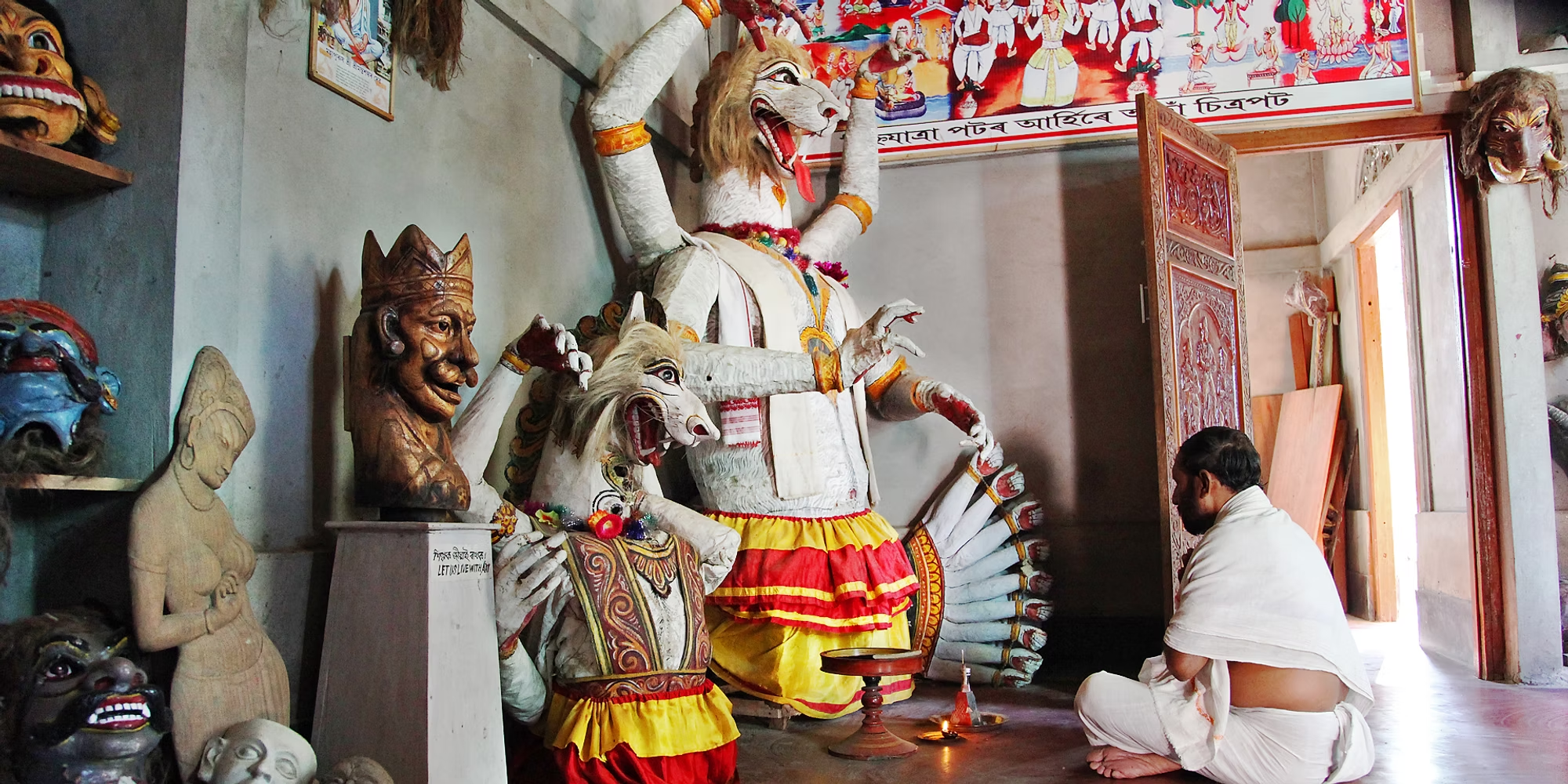 Sankaradeva began this religious movement in the 15th century and it was no easy task.
Sankaradeva began this religious movement in the 15th century and it was no easy task.
He had to face several challenges such as kings and orthodox parts of the society who strongly disagreed with his emerging religious movement. But for Sankaradeva, it was about equality, where neither class nor caste mattered. It was unity among the people who worked towards one principle that is to seek refuge in one God, here being the deity of Vishnu, who took on the avatar of Krishna.
He was influenced by the Bhagavata Gita and the Vamana Purana and placed importance on two methods of worship – Sravana, that is listening to sacred narratives and Kirtana, that is chanting praises of the deity’s name.
His lasting legacy can be felt when you visit the Satras of Assam. These religious institutions are significant in terms of the practice of Neo-Vaishnavism and are also culturally important centers that preserve and celebrate traditional art forms like literature, theatre, crafts and so on.
Srimanta Sankardeva passed away in 1568, but the legacy he left behind is impactful and alive to this day.
If you wish to experience his legacy, make sure to add it to your travel plans!

